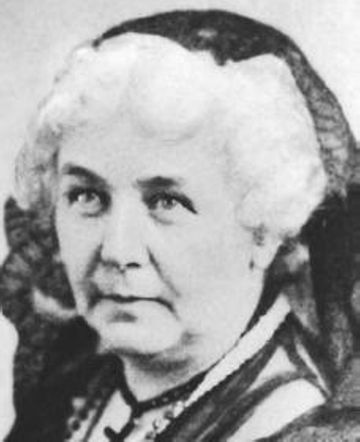From collection Candidates

In 1848 Elizabeth Cady Stanton initiated the call for a woman's rights meeting at Seneca Falls, New York. The members of this historic convention issued the Declaration of Sentiments and Resolutions, among them the demand for woman suffrage. Historian Ann D. Gordon writes that, in the early 1860s, Stanton "gave new direction to the women's rights movement by making it a vehicle for expressing women's interest in politics." In 1866, while living in New York, Stanton offered herself as an Independent candidate for Congress in the Eighth Congressional District. The other candidates were Democrat James Brooks, the winner, and Republican Le Grand B. Cannon. She did this, according to two of her children, "in order to impress the public with the fact that constitutionally women had a right to run for office." (Stanton and Blatch, Elizabeth Cady Stanton, II, 114-15.) She received only two dozen votes, out of 12,000 cast, but provoked wide discussion on the question of women's rights. Stanton later said that she "regrets only that she did not...procure the photographs of her two dozen unknown friends." (HWS, II, 181) She collaborated with Susan B. Anthony for many decades. Stanton was associated with the faction of the suffrage movement that built and sustained the National Woman Suffrage Association. Stanton was the daughter of activists: Judge Daniel Cady, a lawyer, served as a state assemblyman and member of Congress. Margaret Livingston Cady was a reformer, writer, and co-founder of the National Woman Suffrage Association. Stanton was educated at home and at noted educator Emma Willard's seminary in Troy, New York. She learned about law and issues of injustice from her father and his law books.





